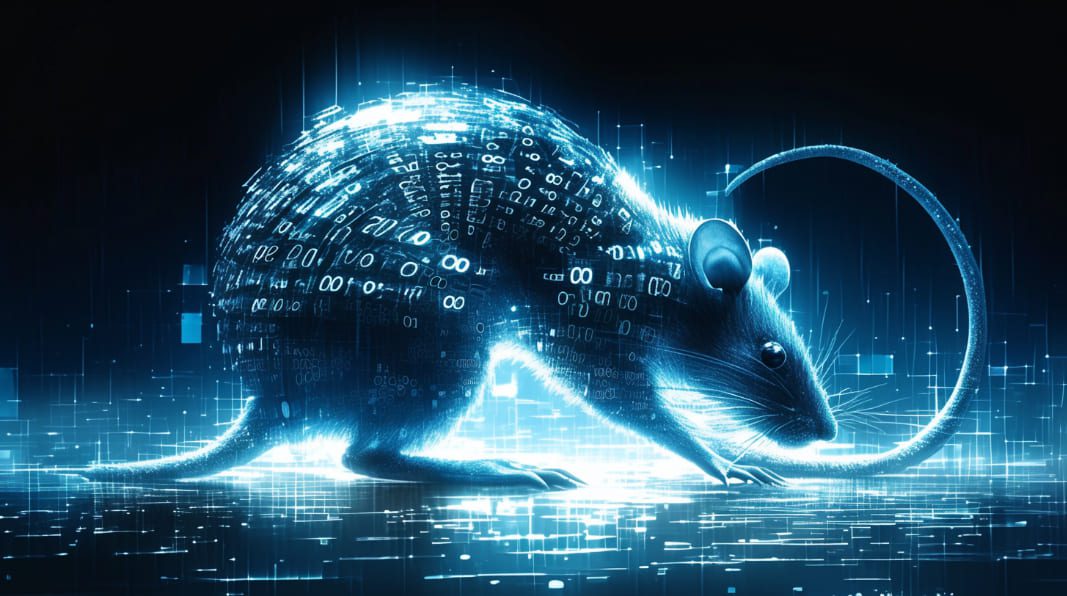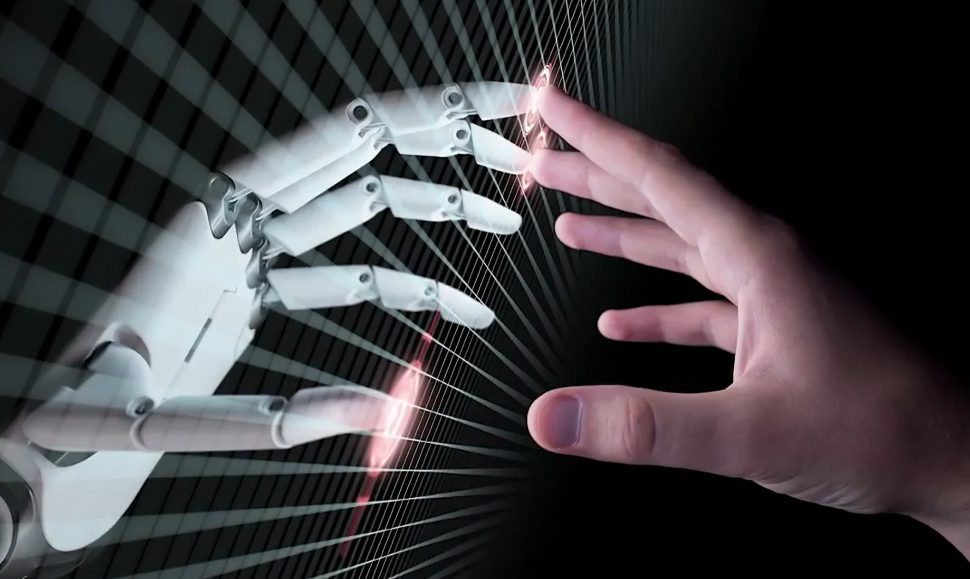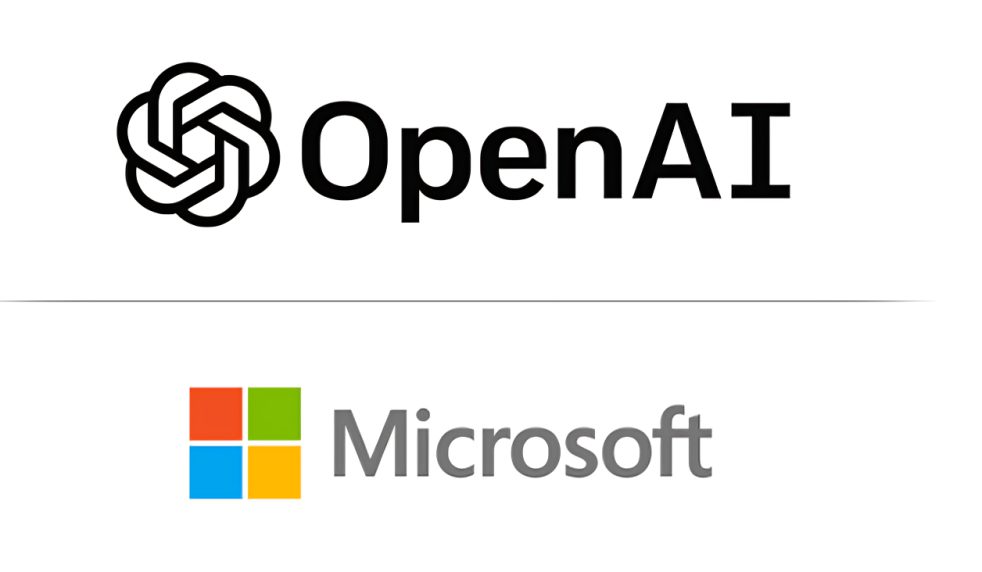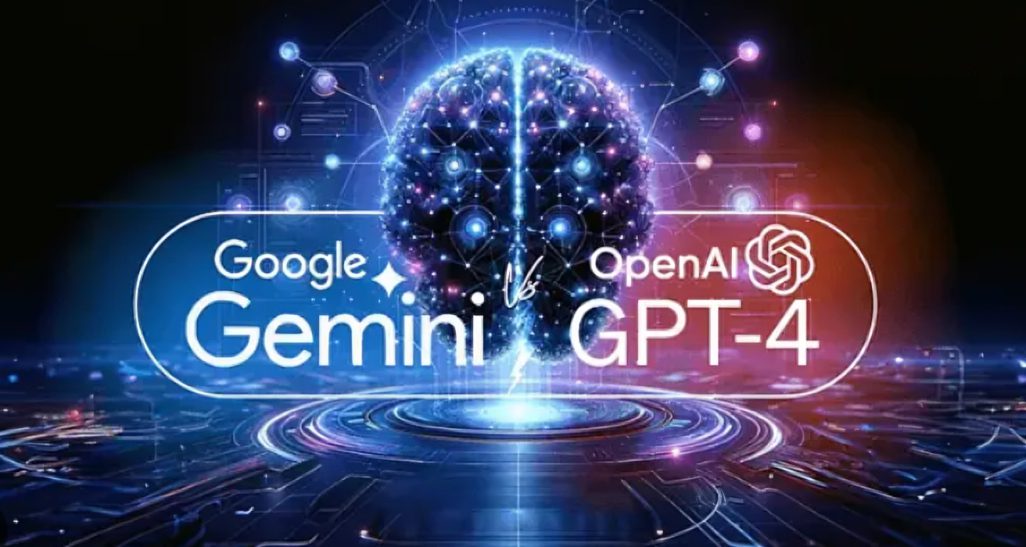Google DeepMind’s AI BRAIN: The Artificial Brain
In a remarkable feat of scientific collaboration, researchers from Google DeepMind and Harvard University have created an artificial brain that can control the movements of a virtual rat in an ultra-realistic simulation. This groundbreaking work, published in the prestigious journal Nature, provides a new avenue for studying brain function and complex behaviors.
The researchers developed an accurate biomechanical model of a rat’s body using a sophisticated physics simulator called Mujoco. This virtual rat was designed to mimic the physical constraints and mechanics of a real rodent, following the basic laws of physics such as gravity and friction, and replicating the musculoskeletal movements observed in real-life rats.
To construct this highly detailed model, the researchers drew from an extensive dataset of high-resolution motion data recorded from real rats. This data captured a wide range of natural behaviors and movements, from running and climbing to more subtle actions like grooming and exploring the environment. This wealth of information was crucial in ensuring that the virtual model could accurately reflect the complexity of a real rat’s movements.
Mastering Movement: The Artificial Neural Network
The next critical step in this ambitious project was to develop an artificial neural network capable of controlling the virtual rat’s biomechanics and replicating the diverse range of movements observed in the biological data. This is where Google DeepMind’s expertise in machine learning played a pivotal role.
The researchers employed a method called inverse dynamics modeling, which is based on the way our brains are theorized to control complex movements. Inverse dynamics modeling involves calculating the necessary forces and torques required at various joints to produce a desired motion, essentially determining which muscle contractions and joint movements would result in the rat walking, running, or performing other tasks accurately.
The virtual rat’s neural network was trained using reference motion trajectories derived from the real rat data, which acted as inputs, providing a detailed map of the desired movements the virtual rat needed to replicate. Through this process, the neural network learned how to translate these motion paths into coordinated muscle actions and joint movements, just like a real brain.
Adaptability and Generalization: The Virtual Rat’s Brain in Action
One of the most remarkable aspects of this research is the virtual rat’s brain’s ability to apply what it has learned to new situations. Unlike a system that is specifically trained for certain tasks, the neural network could adapt its knowledge to different scenarios and produce movements that were still realistic and biomechanically sound.
This capacity to generalize its learning to new situations is similar to how a real rat or even a human learns. Once basic movement patterns and behaviors are mastered, they can be adapted and applied to novel tasks. For instance, a real rat that learns to navigate a maze can use its knowledge to different mazes with varying obstacles, and the virtual rat’s neural network demonstrated a similar ability.
Researchers discovered that the virtual brain’s neural activity patterns were remarkably similar to those recorded from real rats’ brains while they were moving. This amazing similarity suggests that the AI had figured out ways to control movement just like real brains do, and it could switch between different modes based on the situation, much like a real rat’s brain changes its activity patterns for various actions.
Unlocking the Secrets of Brain Function
The success of the virtual brain in mimicking these complex neurodynamics opens up exciting possibilities for future research. It provides a powerful tool for exploring how brains generate and control diverse behaviors, as scientists can now study the virtual brain’s inner workings in a way that was previously impossible with living animals.
By examining how random changes in the virtual brain’s activity affect the rat’s movements, researchers can gain insights into the underlying mechanisms of brain function that are difficult to investigate in living animals due to the complexity and ethical constraints of biological experiments. This new approach, dubbed “virtual neuroscience,” allows researchers to explore neural processes in a highly controlled and detailed manner, free from the limitations of traditional methods.
Revolutionizing Neuroscience and Robotics
The virtual rat brain’s ability to mimic real-world brain function has far-reaching implications. It can help researchers address fundamental questions in neuroscience, such as how the brain estimates the state of the body and environment, makes predictions about future events, and orchestrates coordinated patterns of movement.
Furthermore, the principles learned from the artificial brain could be applied to create more advanced and adaptive robots. These robots, with their artificial brains, could potentially navigate complex environments, learn from their experiences, and adapt to new situations much like a real animal, revolutionizing the field of robotics.
As the scientific community continues to explore the secrets of the human mind, the groundbreaking work of Google DeepMind and Harvard University has opened up new frontiers in the understanding of brain function. This virtual rat brain represents a significant step towards unraveling the mysteries of cognition, behavior, and the very essence of what it means to be human.
Conclusion:
The creation of an artificial brain capable of controlling a virtual rat’s movements marks a significant milestone in neuroscience and robotics. By meticulously replicating the biomechanics and neural dynamics of a real rat, researchers from Google DeepMind and Harvard University have crafted a powerful new tool for exploring brain function and behavior. The virtual rat’s brain not only mimics real-world neurodynamics but also demonstrates remarkable adaptability, applying learned movements to new situations with impressive accuracy.
This research paves the way for deeper insights into how brains generate and control diverse behaviors, offering a new approach to studying neural processes in a controlled, ethical, and highly detailed manner. The implications extend beyond neuroscience, promising advancements in robotics through the development of adaptive, intelligent machines capable of navigating complex environments.
As we continue to unlock the secrets of the brain, this pioneering work highlights the potential of artificial intelligence to enhance our understanding of cognition and behavior. The virtual rat brain is a testament to the remarkable progress being made at the intersection of neuroscience, AI, and robotics, bringing us closer to unraveling the profound mysteries of the mind.
Read About: Google Gemini




